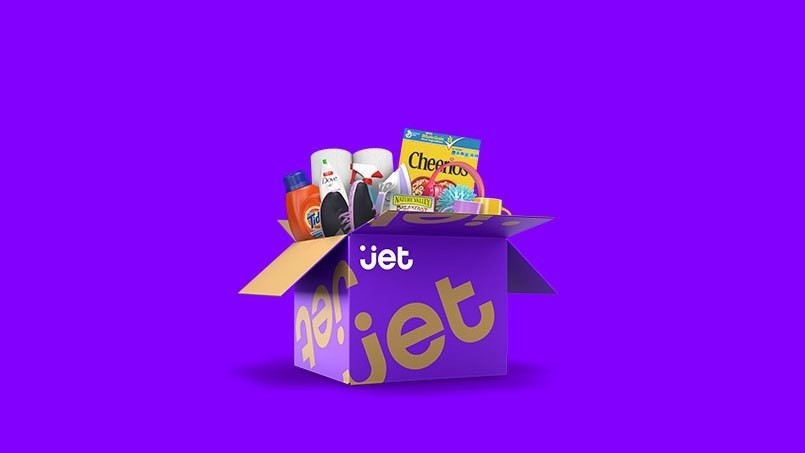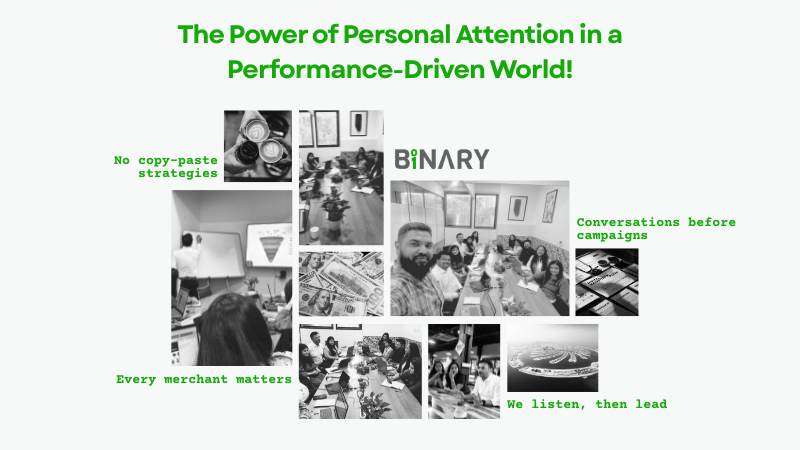Ecommerce businesses have rolled out in whatever fields, we can merely think of. The biggest consumers of Ecommerce goods are the US and Chinese markets. Although the switch from physical stores to online retail has been tremendous, the shift is for good and according to reports there are still unexplored places and diversions. The technological advancements have led to many new insights which industrial experts are yet to be aware of. With the popularity of Ecommerce giants like Amazon and Alibaba, the world is assuming that the game is over. In fact, these giants are evolving day after day commoditizing product categories at different stage of advancements.
Amazon has taken a swift approach by first targeting the books, then houseware, electronics, clothing, grocery and so on. Where as, Alibaba’s Tmall and Taobao platforms have been capable of capturing market shares and have popular imagination with millions of SKUs creating a global store. The growth is tremendous when one compares from where it started and up to where has it reached today. With every evolution, people thought that it is the end but it never was. The emerging trends are never ending and if you closely look at Greenfield territory, you will find there are billion dollar start-up companies thriving simply on opportunities created. One can understand these emerging trends through redefining of what we call “mass market”. Today, we see buyers and sellers are equally constrained for selling their goods in every vertical possible at lowest price point being an “all available store” selling “all at lowest prices”.
Many bigger E-Commerce brands have constructively made use of resources available to provide improved customer experiences. These brands and vertical market places are using personalization and community help for curating experiences for prevalence in the US and Chinese markets.

Let us get a brief idea on how these giants have a purpose and how they are still going strong. Amazon and Taobao are gigantic warehouses that heavily rely on purpose based shopping. People visit their sites; find the product they are looking for, order it, find the delivery the next but overall experience are cluttered especially for people who are disoriented. In comparison to this, E-Brands and vertical marketplaces are not going to compete with similar warehouse searches. They are rather focusing on the discovery and curating of products in specific categories that a customer want to use it for occasional purchase. More of mobile shopping has evolved and people are having enjoyable experiences with the brands. The apps are targeted for shoppers who feel they need access to each and every product right now. They offer curated experiences to consumers of the brand to help them discover affordable products to build a good shopping experience for smartphone users.
Creating a Social Flow
People love Amazon and Taobao for the user experiences they get by browsing these Ecommerce store. Customers treat these stores as tools where they can shop online and not as an “Identities”. E-Commerce brands such as AirBnB, Houzz, Xiaohongshu and Pinterest offer expert social profile for brands and also help to develop followers. These Ecommerce giants have built upon a platform, where people look up to for information and buying products.
Different E-Commerce brands build value infused branding depending on the type of products they are dealing in. There are diverse industries that follow different tactics for consumers to follow them either on social platforms or through mobile apps. The consumers do not necessarily log on to Amazon or Alibaba for buying brand items. On the flip side of it, bigger outlets like Walmart are finding it difficult by the changing customer buying habits.

So, what’s up next!
Is Walmart looking to battle bigger Ecommerce giants like Amazon or the likes?
There are several advantages for small enterprises or startups to follow new plans and strategies and take learnings from already established Ecommerce stores. With Alibaba and Amazon in comparison, there is still unexploited vast amount of growth that needs to be realized for Ecommerce markets.
Undoubtedly, Amazon and Alibaba take up much of market share in the US and China that only amounts to 8% and 16% of the total $9 trillion retail markets. There are again larger developments uncovered that could lead to tremendous increase in business. The new markets are open or rather unexploited till date; there is good scope for E-Commerce expansion and appeal to next-Gen millennial consumers. The communication channels and models are improving thus opening up more channels for buying and selling. E-Commerce markets are growing and evolving over time, even start-ups are making full utilization of the resources available that helps them to curate, personalize and optimize the experiences.
Ideally, E-Commerce market segmentation seems like a traditional retail business but it’s altogether a new approach. With the use of AR/VR Technology, Artificial Intelligence, IoT, etc in place there are bigger solutions available. A new twist and approach is in place to encourage larger and bigger dollars pumping into E-commerce industry.

















